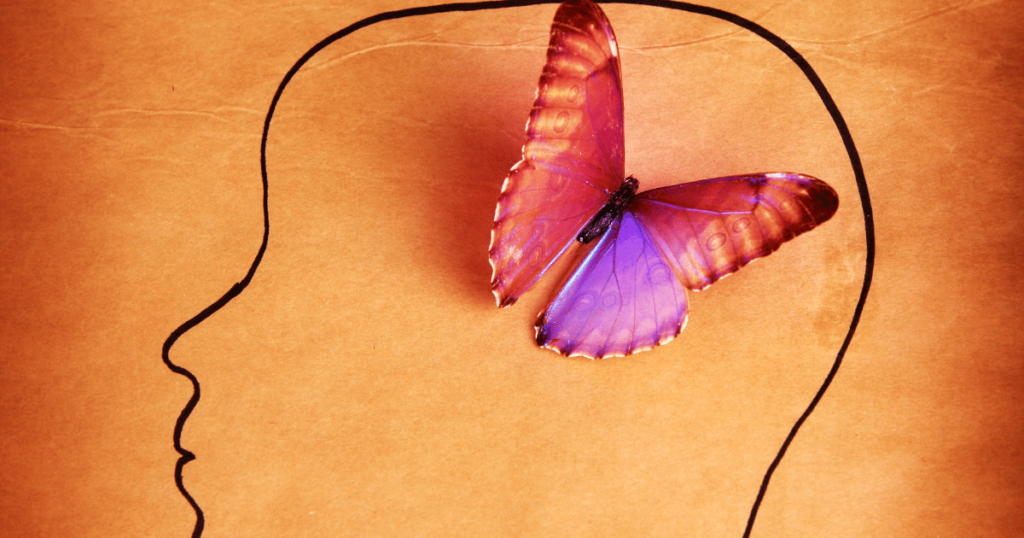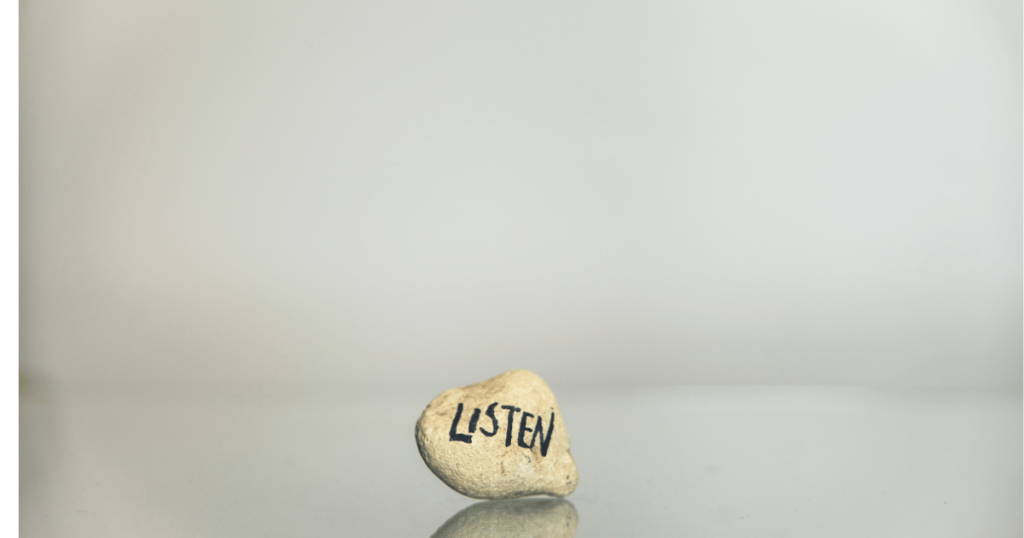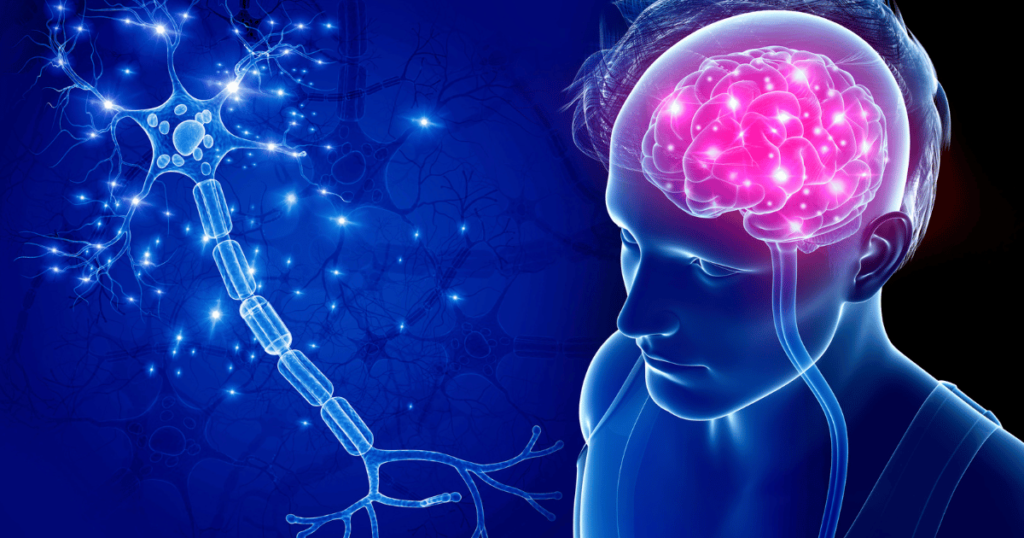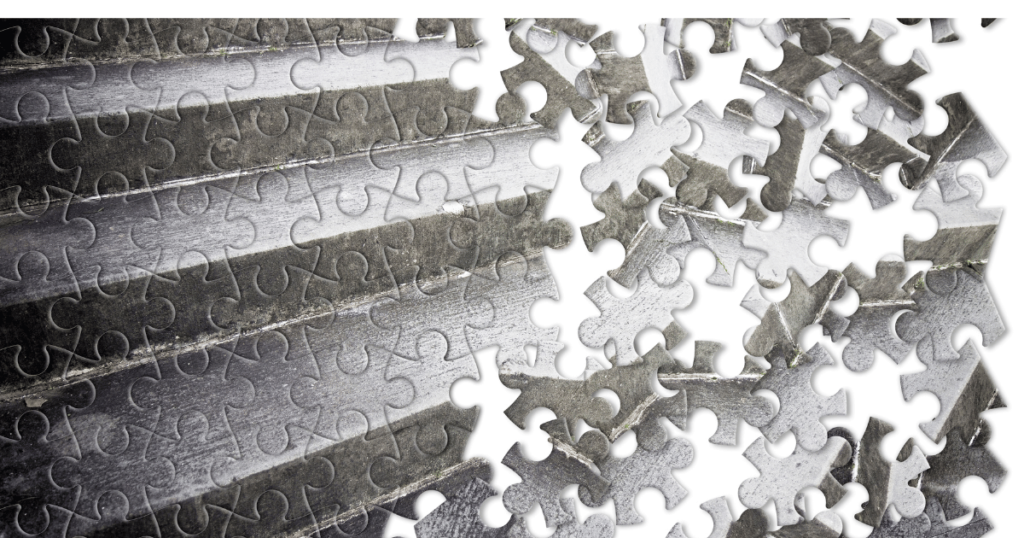
Raising a Beautiful Mind: introductions
I’ll introduce myself as this is my first post to this innovative publication. I’ve been a mindful educator for several decades, working at the university level worldwide, and, more latterly, in Japan. Having a hand in preparing young Japanese for stepping into the global community has been a privilege. However, I have found my methods challenged because of the modes of communication here (I still live and work in Japan, though as a full-time writer gathering together all my experiences with raising beautiful minds into books and e-publications).
Therefore, I find that learning styles and communication modes are my two areas of expertise that will benefit the parents and family members of mentally challenged youngsters. But I started out life as a professional performing musician—pianist (accompanist), cellist and singer—and moved on to music/sound therapy, working with learning difficulties/disturbances, autism and the speech/hearing/visually impaired. Sound has always been my métier, and that is what I will write about in my first few posts because it impinges on communication and learning impairment.
Before I go on, I’d like to express how much I admire and respect the parents of challenged children. I’m sure you are doing the best you can, and the love is all there, which is the most important thing for any child. Maybe I can bring some new courage and experience into your situation that will make a difference.
By the way, I love the title of this publication. What is a beautiful mind to me? As an educator, I think all minds are beautiful, different, and fascinating. Sometimes, dark clouds pass overhead, but they will always move away to reveal the blue beauty and unique qualities of the mind. Mind and heart are, for me, synonymous. Yes, we each have an extraordinary mind configuration; we are all wired up differently, and that’s its crux and beauty, too. But the question is, how can we all be ourselves yet be educated and brought up together? The human being is an ace adaptor, so I believe anyone can adapt to the society or community they are born into.

Sound as Therapy
I have had astounding results working with sound, mainly because it is concrete. Unlike language, which is abstract and can be interpreted a million different ways, it does not need the intellect. There’s no arguing with it. It either grabs you or repels you if you take it in with your undivided attention.
I’m sure I don’t have to explain that sound is a series of vibrations that travel through the air or another medium and can be heard when it reaches a person’s or animal’s ears. Nowadays, earphones are hip and provide everyone with a sealed cubicle where they can, they think, be themselves and escape from everything around them that they hate or are annoyed by. They’re like ostriches sometimes. This trend or craze seems unavoidable, but it really is not the ideal way to receive sound: it also has some health risks as we were not designed to plug our ears with synthetic materials and absorb the sounds into the ear equipment at such close range.
Resonance
Sound is, above all, about resonance. It must be allowed to reach out into a space to touch your entire body and environment. This is ‘whole body listening’ and has healing, restorative powers. The basic laws of physics tell us that sound can create matter: Brahma, the Hindu Creator God, was created from sound; the Christian God created the universe with the spoken word. Sound is capable of both creation and preservation.
I have seen transformations of mood and state made by sitting in a resonant space with someone who is disturbed and listening with 100% sense-attention to wonderful music or sound. The great classics played by huge symphony orchestras can generate power in someone who feels weak and helpless. On the contrary, angry and aggressive people can return to their still center while immersing themselves in joyful jazz riffs or gorgeous voices singing in harmony. I had one client who adored the singing of whales, which repeatedly lifted him into a good place.

A Music Therapist usually prefers to work in a resonant space, allowing sound to travel and merge with textures and furnishings. Sound may unexpectedly provoke or initiate movement or rhythm, so a spacious, soft environment is the best. Lots of cushions are always reassuring to someone who is out of balance.
Sound can be a great balancer as well as a stimulant. Listening is a hugely mindful activity, focusing the senses and playing down the dominant visual. A posture that always works is eyes closed—not totally—and spine straight. If you listen with all your attention, it also stimulates the breathing muscles: most of us tend to breathe shallowly if we are busy or tense, worried or depressed, so sitting in this posture which allows vibrations to resonate around the body and head, is such a pleasant sensation that it will deepen the breath. You will soon realize nothing is expected of you and sigh with relief.
Listening is here and now: the past and the future don’t figure. There are no rules or time limits, no communication urges, and no one to compete with or be bullied by. It’s a safe and protected space that you can be in control of. So, once the eyes are subdued, the breath is deepened, the listener takes control, and then there is often state change.

Frequencies
Most objects and people have a frequency. The best example is a tuning fork designed to produce a constant pitch. Musicians use them to tune their instruments or voices, but they are also used in sound healing, which can harmonize and stabilize someone’s frequency if it is disturbed. Bridges are an excellent example of frequencies. Did you know there’s a bridge in the centre of London near St Paul’s Cathedral known as the ‘wobbly bridge’ because it sways when many people walk on it? I’ve experienced it many times.
I live in Japan, where we have quite a lot of earthquakes, and it’s a fact that when the ground movement matches the frequency of a particular building, it will shake more violently and may even collapse. It’s scary stuff, but it’s all to show you how powerful sound is and how it can be harnessed to make changes.
I had one very disturbed young lady who would tantrum for no apparent reason. We soon discovered using tuning forks that she was so sensitive to sound that those that didn’t mesh with her own frequencies sent her whole body into crisis. It was then easy to avoid those sounds and ensure her environment was filled with vibrations that suited her personal frequencies. This calmed her down, and she quickly felt safe and amazingly gained confidence. If your child is prone to tantrums, their vagus nerve may be more sensitive than usual, which may have a body-chemistry source or a physiological root. However, please don’t give up hope. You can get advice and set up your home/school environment to suit him or her, or simply use noise-cancelling earplugs when certain sounds are nearby or threaten to be.

The Vegus Nerve
A word about the vagus nerve because not so many people know about it. This is the longest cranial nerve connecting the ears on both sides with the larynx and then down to the lower body. It contains 75% of your parasympathetic nervous system’s nerve fibers. The parasympathetic nervous system plays a huge role in controlling sensory and motor functions you can’t control, i.e. involuntary.
Its functions include:
- digestion
- heart rate
- blood pressure
- respiration (breathing)
- immune system response
- mood
- mucus and saliva production
- skin and muscle sensations
- speech
- taste
- urine output.
Sorry to bombard you with physiology, but it is a crucial nerve for your child’s mental balance. When disrupted, the parasympathetic nervous system restores essential functions: it soothes the whole body.
Because the vagus nerve is so close to the ear, the sounds we furnish our environment with are essential. Sound vibrations resonate the eardrums before the vagus nerve, so if those sounds don’t suit your child, they will cause stress. Also, making music, singing and using the larynx stimulate the vagus nerve. Therefore, humming is like first aid when stress attacks. It calms the body and helps get control of the breathing if it has become rapid. So, I used to encourage all my clients to hum if they started to feel upset. Caring for the vagus nerve can also increase long and short-term memory recall because it increases blood flow. Concentration and information retention are also greatly aided by humming. I have used this with many students in a classroom who cannot focus for very long.

Communication Barriers
If you and your child are dealing with communication barriers, sound or music may break through them. It’s all a question of observing your child’s taste in music or TV programs, which delight your child and allow them to keep state control. Try to explore new music together and observe the reactions and responses. Then you can find similar music or even TV soundtracks with the help of the internet and notice which tracks your child resorts to regularly. Again, I would advocate listening in an open space rather than using headphones.
Silence may also be a resource that will help or hinder. The silence that follows music is potent as it resonates on and leaves its traces behind.
A Parting Thought
Finally, I’ll leave you with something you may never have considered. The ears and listening mechanism are always ready to receive sound even when we are sleeping. So, leaving soothing music playing softly during sleep may help create a beautiful rest so your child will wake in a beautiful mood.
So, in this introduction to me and my experience and expertise, I hope you have been able to find something useful to help you along the route. Forgive me if you are already aware of these things. I’ll also leave a parting image, as images speak much larger than words. I mentioned sound healing above, so here’s a session in progress.

Please remember that change is inevitable as nothing in the universe is permanent, so dark clouds will eventually move on, and the eternal blue sky will show through.
Next time: more about sound and rhythm, especially drumming.
C.Linden Thorp worked as a Music Therapist for many years and is sharing her experience and wisdom with the parents of children with mental challenges in this series of posts—’Raising a Beautiful Mind.’

